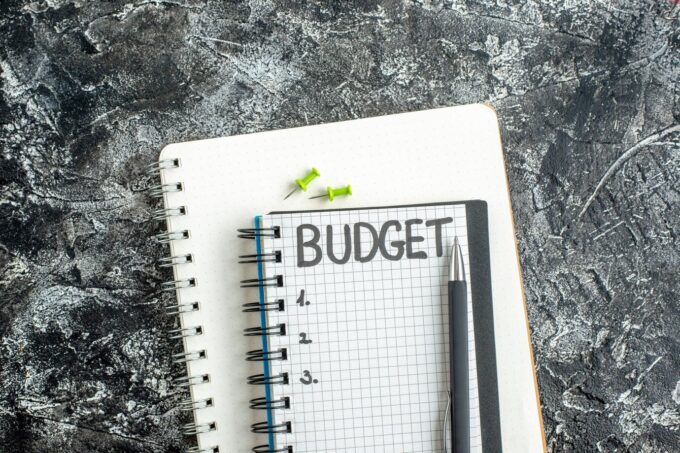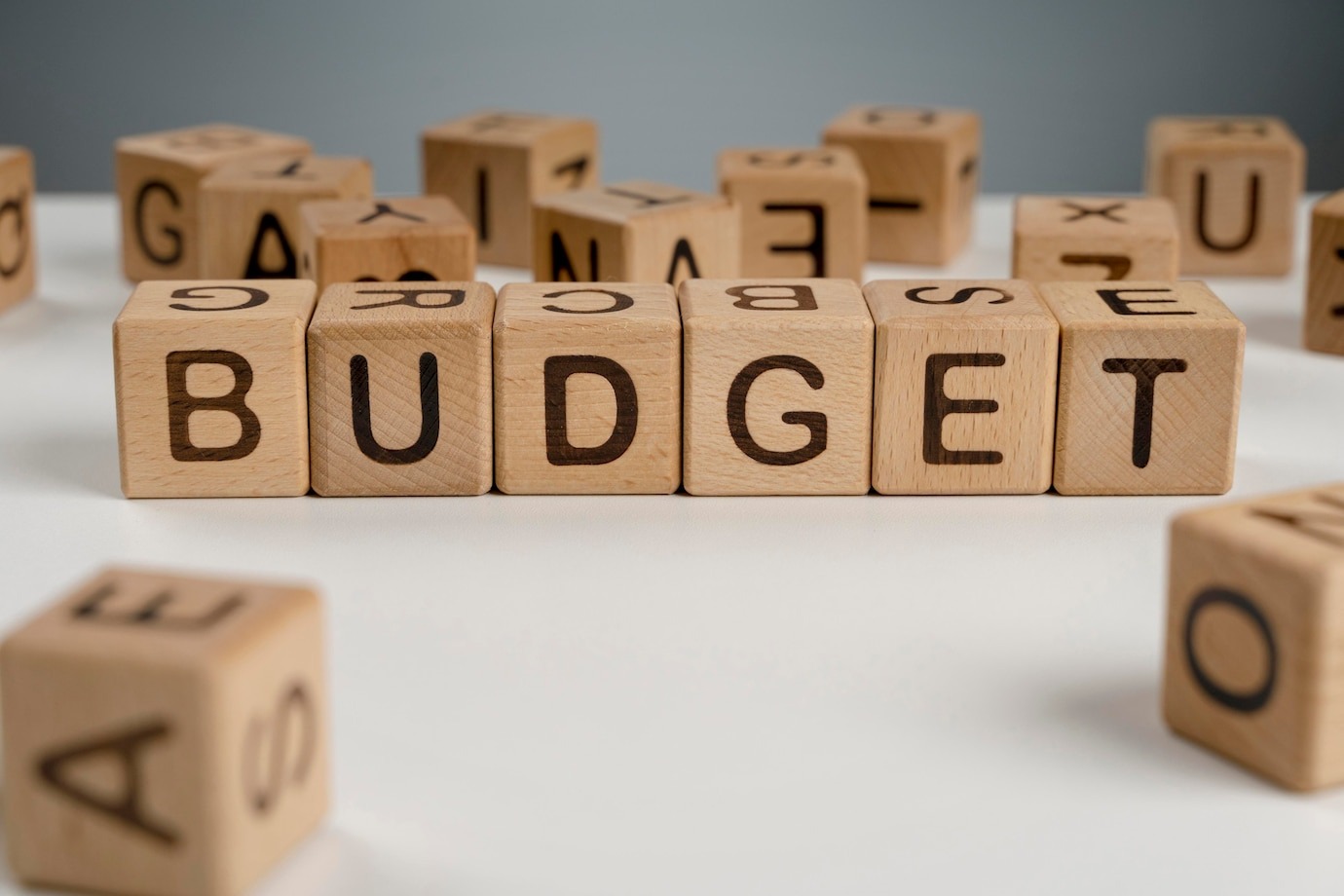Navigating the financial waters of long-term disability can be challenging. When your long-term disability benefits finally kick in, it’s a relief knowing you have a safety net. However, it’s crucial to manage these funds wisely to ensure your financial stability in the long run.
Budgeting effectively can make all the difference in maintaining your lifestyle and covering essential expenses without unnecessary stress. For more guidance on managing your finances during this time, check this site.
Understanding Your Benefits
The first step in budgeting for long-term disability benefits is understanding exactly what you’re receiving. Long-term disability insurance typically covers a percentage of your salary, often around 60-70%. This means your income may be significantly lower than when you were working. Familiarize yourself with the specifics of your policy, including the amount, frequency of payments, and any conditions or limitations. Knowing these details will help you create a realistic budget that matches your new financial reality.
Assessing Your Financial Situation

Once you have a clear understanding of your benefits, take a thorough look at your overall financial situation. This includes your savings, debts, monthly expenses, and any additional sources of income. Create a comprehensive list of all your financial commitments and resources. This holistic view will allow you to identify areas where you might need to adjust spending and where you can potentially save.
Prioritizing Essential Expenses
With a reduced income, prioritizing essential expenses is key. Focus on covering necessities such as housing, utilities, groceries, and healthcare. These are the expenses that are vital to your daily living and well-being. Non-essential expenses, like dining out or subscription services, can be cut back or eliminated to ensure you have enough to cover your essential needs. By prioritizing these costs, you ensure that your basic needs are met before considering other expenditures.
Creating a Flexible Budget

A flexible budget is crucial when relying on long-term disability benefits. Your financial situation may fluctuate, and unexpected expenses can arise. Allocate funds for variable costs and build a buffer into your budget for emergencies. This might involve setting aside a small portion of your benefits each month into an emergency fund. Even small contributions to this fund can accumulate over time, providing a financial cushion when unforeseen costs arise, such as medical emergencies, home repairs, or unexpected travel.
Flexibility in your budget also means being ready to adjust your spending habits as needed. For example, if you have a month where your expenses are lower than usual, you can save the surplus or use it to pay off any outstanding debts. Conversely, if an unexpected cost comes up, you can draw from your emergency fund without having to drastically cut back on other essential expenses.
Regularly reviewing and updating your budget is another key aspect of maintaining flexibility. As your situation evolves, your financial needs and priorities may shift. Setting aside time each month to go over your budget helps ensure it remains aligned with your current circumstances. This practice also allows you to catch any discrepancies or oversights early, giving you a better handle on your finances.
Exploring Additional Assistance Programs
Don’t hesitate to explore other assistance programs and resources that may be available to you. Depending on your location and situation, you might qualify for government aid, non-profit assistance, or community programs. These can include food assistance, utility relief, or medical cost subsidies. Researching and applying for these programs can provide additional support and alleviate some financial burdens.
Managing Debt
Managing debt while on long-term disability benefits requires careful planning. If you have existing debts, contact your creditors to discuss your situation. They might offer modified payment plans, reduced interest rates, or temporary deferment options. It’s important to prioritize paying off high-interest debts first while making minimum payments on others. This strategy helps in minimizing the overall interest you pay and reduces the financial strain in the long term.
Maintaining Healthcare Coverage

Healthcare is a critical component of your budget, especially when dealing with a disability. Ensure you have adequate health insurance coverage, as medical expenses can quickly deplete your resources. Review your health insurance plan to understand what is covered and what isn’t. If necessary, consider switching to a more comprehensive plan that better suits your needs. Keeping up with regular medical check-ups and treatments is essential to manage your condition effectively and avoid costly emergency care.
Planning for the Future
Even while focusing on immediate financial stability, it’s important to think about the future. This includes considering your long-term financial goals and retirement plans. If possible, continue to contribute to retirement savings, even if it’s a small amount. Planning for the future also involves creating or updating your will and other legal documents to ensure your wishes are carried out. Consult with a financial advisor who specializes in working with individuals on disability benefits to help you develop a sustainable long-term financial plan.
Emotional and Psychological Support
The financial aspect of long-term disability is just one part of the equation. Dealing with a disability can also take a toll on your emotional and psychological well-being. Seeking support from counselors, support groups, or mental health professionals can help you manage stress and anxiety related to your financial situation. Maintaining good mental health is crucial in making sound financial decisions and improving your overall quality of life.
Staying Informed and Adjusting as Needed

Your financial situation and needs may change over time. It’s important to stay informed about any changes to your benefits, new financial assistance programs, and adjustments in your expenses. Regularly review and adjust your budget as needed. This ongoing process ensures that your budget remains relevant and effective in meeting your financial goals and adapting to any new challenges that may arise.
Conclusion
Budgeting when your long-term disability benefits kick in requires a careful and thoughtful approach. Understanding your benefits, assessing your financial situation, prioritizing essential expenses, and creating a flexible budget are key steps to ensuring financial stability.
Additionally, exploring assistance programs, managing debt, maintaining healthcare coverage, planning for the future, and seeking emotional support are essential components of a comprehensive financial strategy. By staying informed and adjusting your budget as needed, you can navigate the financial challenges of long-term disability with confidence and security.










